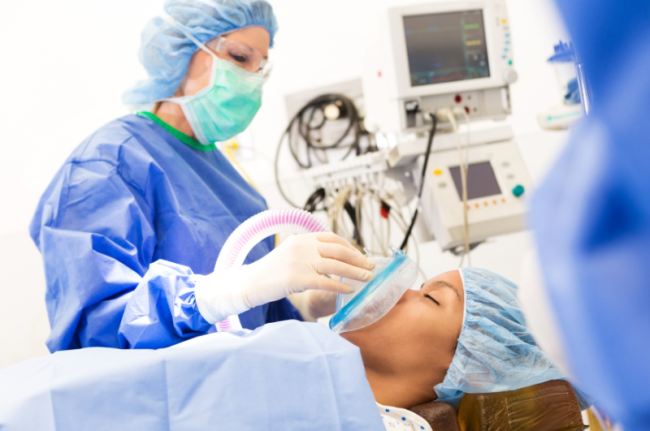Innovating Patient Care: The Integration of Point-of-Care Technology in Perioperative Nursing Practice
Perioperative nurses are tasked with orchestrating a myriad of activities before, during, and after surgery. The integration of point-of-care technology begins with streamlined documentation processes. Electronic Health Records (EHR) allow nurses to access patient information instantly, reducing paperwork and ensuring accurate and up-to-date data. EMR systems come in both mobile and stationary configurations. They can be placed on carts for mobility or mounted on the walls of the operating room. Additionally, they are designed to be attached to ventilation or anesthesia machines using mounting systems, ensuring that nurses have convenient access to the necessary technology throughout any given case. Furthermore, the use of handheld devices, such as tablets or smartphones, enables nurses to input and retrieve critical patient data directly at the point of care. This integration simplifies communication among the perioperative team, fostering collaboration and ensuring that everyone involved is well-informed. Similar to the EMR, these handheld devices can be affixed to a mobile roll stand or installed on a desk or equipment within the operating room. The key is to ensure that the device does not impede patient care while remaining easily accessible for effective use.
The seamless integration of point-of-care technology brings about a notable enhancement in efficiency across the perioperative process. When supplies, medications, and technology coexist harmoniously within the operating room, it proves advantageous for everyone involved. Procedure carts, designed with secure and easily accessible single-level drawers for medications, controlled substances, and supplies, transcend their role as mere storage solutions and emerge as integral components of the care team. Barcode scanning technology aids in accurate patient identification, medication administration, and tracking of surgical instruments. This not only minimizes the risk of errors but also contributes to a smoother workflow, allowing nurses to focus more on patient care.
The ultimate goal of perioperative care is to ensure improved patient satisfaction. Point-of-care technology plays a pivotal role in achieving this objective. Real-time monitoring devices provide continuous updates on vital signs, allowing nurses to promptly identify and address any deviations from the norm. When these medical devices can be placed out of the way, but still in reach, the organization and workflow in the OR improves. Just like with Electronic Medical Records, the strategic placement of medical devices, like patient monitors, onto other equipment within the operating room serves to minimize the overall equipment footprint. The positioning of such technology holds significant importance in influencing patient outcomes. Ensuring that nothing obstructs the patient is crucial and can be the determining factor between a successful procedure and potential complications. Integrating devices throughout the perioperative space connecting patient data to the headwall, pendants/booms and on mobile equipment. We increase clinician efficiency and accuracy. Ultimately improve patient care.
As we navigate the ever-evolving landscape of healthcare, perioperative nursing stands are at the forefront of innovation. The integration of point-of-care technology is not merely a trend but a fundamental shift in how perioperative care is conceptualized and delivered. By seamlessly incorporating technology into daily routines, perioperative nurses are not only improving efficiency but also enhancing patient satisfaction and contributing to an elevated standard of overall quality of care. This symbiotic relationship between healthcare and technology is a testament to the commitment of perioperative nurses to embrace advancements that ultimately benefit those under their care.




